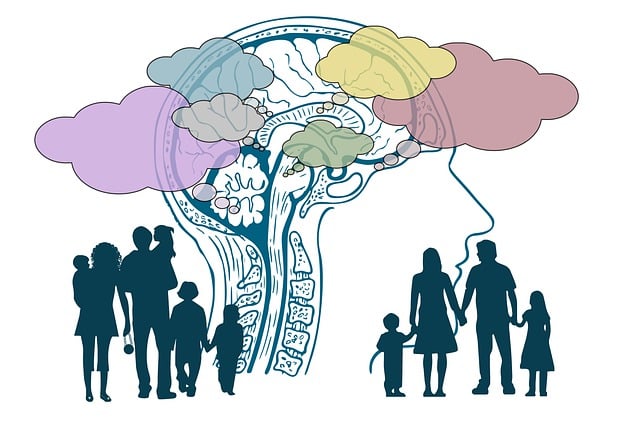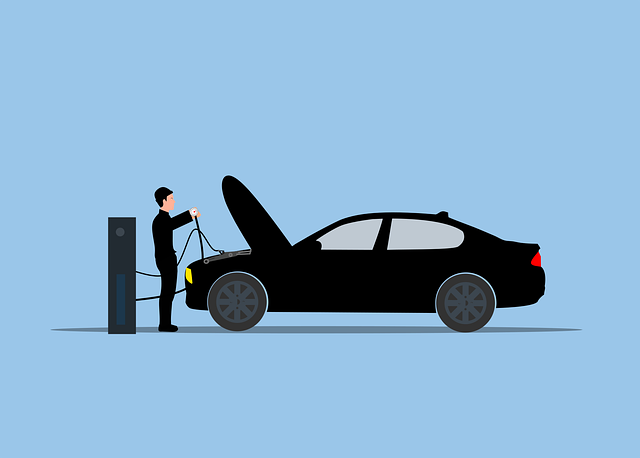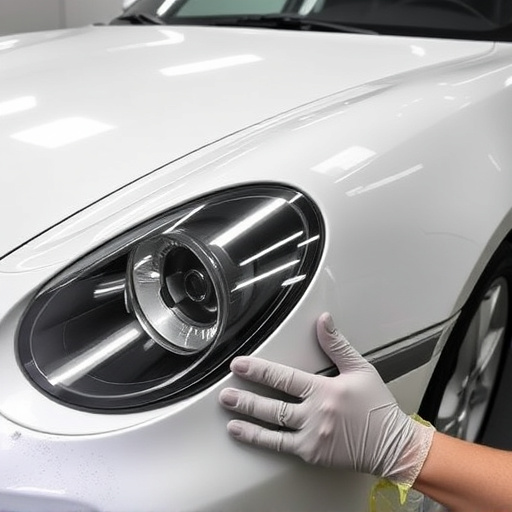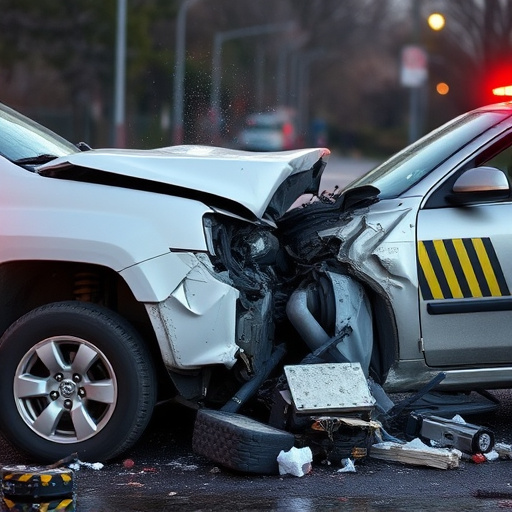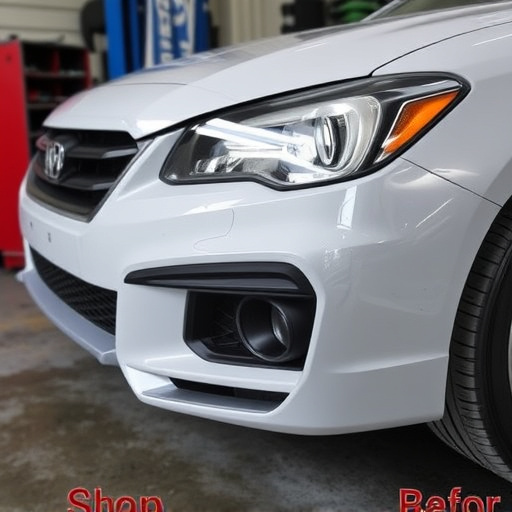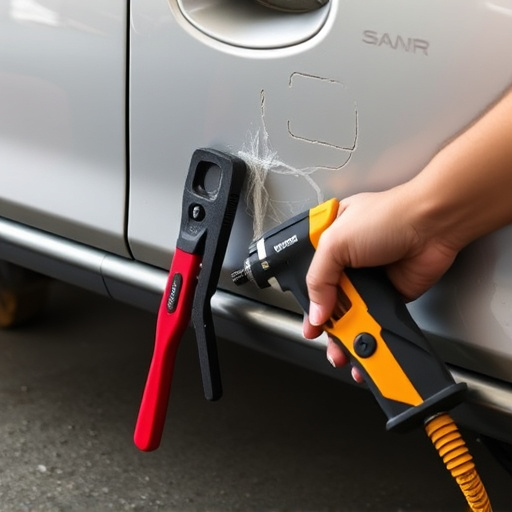Auto body collision centers streamline insurance coordination to swiftly return vehicles to the road. Their expert technicians conduct thorough initial assessments of damage across every car component, using advanced technology for precise repair estimates. This seamless collaboration with insurers minimizes communication back-and-forth, enabling focus on delivering top-quality bodywork while adhering to insurance guidelines. Effective communication channels and robust tracking systems further enhance the process, fostering customer trust and loyalty through a stress-free collision repair experience.
At modern auto body collision centers, swift insurance coordination is transforming the car repair experience. This seamless process ensures that vehicle owners return to the road faster, with minimal hassle. This article delves into how efficient insurance communication works behind the scenes at these centers, highlighting its numerous benefits for both customers and businesses alike. We’ll also explore best practices to ensure smooth navigation during collision repairs.
Get ready to uncover the secrets of swift auto body insurance coordination.
- Understanding the Process: How Fast Insurance Coordination Works at Auto Body Collision Centers
- Benefits of Efficient Insurance Coordination for Auto Body Repairs
- Best Practices and Tips for Seamless Insurance Communication During Collision Repair
Understanding the Process: How Fast Insurance Coordination Works at Auto Body Collision Centers

At an auto body collision center, fast insurance coordination is a streamlined process designed to get your vehicle back on the road as quickly as possible. It begins with an initial assessment by our expert technicians who meticulously evaluate the damage to your vehicle. This includes identifying both visible and hidden impacts, ensuring that every part of your car—from the chassis to the body panels—is accurately appraised.
Once the scope of work, including necessary repairs like auto body work and Mercedes Benz repair for specific models, is determined, our team coordinates directly with insurance providers. We use advanced technology to generate precise repair estimates, expediting the claims process. This collaboration ensures that your repair journey is smooth, with minimal back-and-forth communication, allowing us to focus on delivering high-quality auto bodywork while adhering to your insurance coverage guidelines.
Benefits of Efficient Insurance Coordination for Auto Body Repairs

Efficient insurance coordination plays a pivotal role in ensuring a seamless and stress-free experience for customers at auto body collision centers. When an individual’s vehicle suffers damage, whether from an accident or minor dents, timely and well-managed insurance processes can significantly impact their overall satisfaction with the repair service. By streamlining these procedures, collision centers can offer several advantages. For instance, quicker claim processing means customers get their vehicles repaired faster, minimizing inconvenience and potential income loss due to vehicle unavailability.
Moreover, effective coordination ensures that the auto body shop’s work aligns perfectly with insurance company requirements. This reduces the likelihood of disputes over repairs or costs, saving both the customer and the collision center time and effort. With efficient processes in place, auto body shops can focus on what they do best—providing high-quality automotive collision repair and dent removal services while maintaining excellent customer service, ultimately fostering trust and loyalty among their clientele.
Best Practices and Tips for Seamless Insurance Communication During Collision Repair

Effective insurance communication is vital for a smooth collision repair process at any auto body collision center. The following best practices can ensure seamless coordination:
First, establish clear and consistent communication channels with all parties involved, including insurance companies, policyholders, and the collision center’s team. Promptly share detailed information about the vehicle damage, such as photos and assessments, to facilitate accurate claim processing. Additionally, keep everyone informed about repair progress and any changes or delays.
Second, ensure that the collision center has a robust system for tracking claims and corresponding documentation. This includes maintaining precise records of repairs, parts used (including specific models like Mercedes Benz repair parts for unique vehicles), labor costs, and customer consent for procedures. Efficient record-keeping enhances accuracy in insurance claim submissions and reduces potential disputes.
Fast insurance coordination is a game-changer for auto body collision centers, offering numerous benefits such as reduced repair times, increased customer satisfaction, and improved operational efficiency. By implementing best practices like clear communication channels, digital documentation, and proactive updates, these centers can ensure seamless interactions with insurance providers. This not only streamlines the process but also allows for quicker turnaround times, making auto body collision centers more competitive and better equipped to serve their customers’ needs in today’s fast-paced world.

